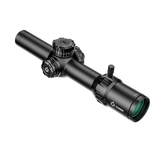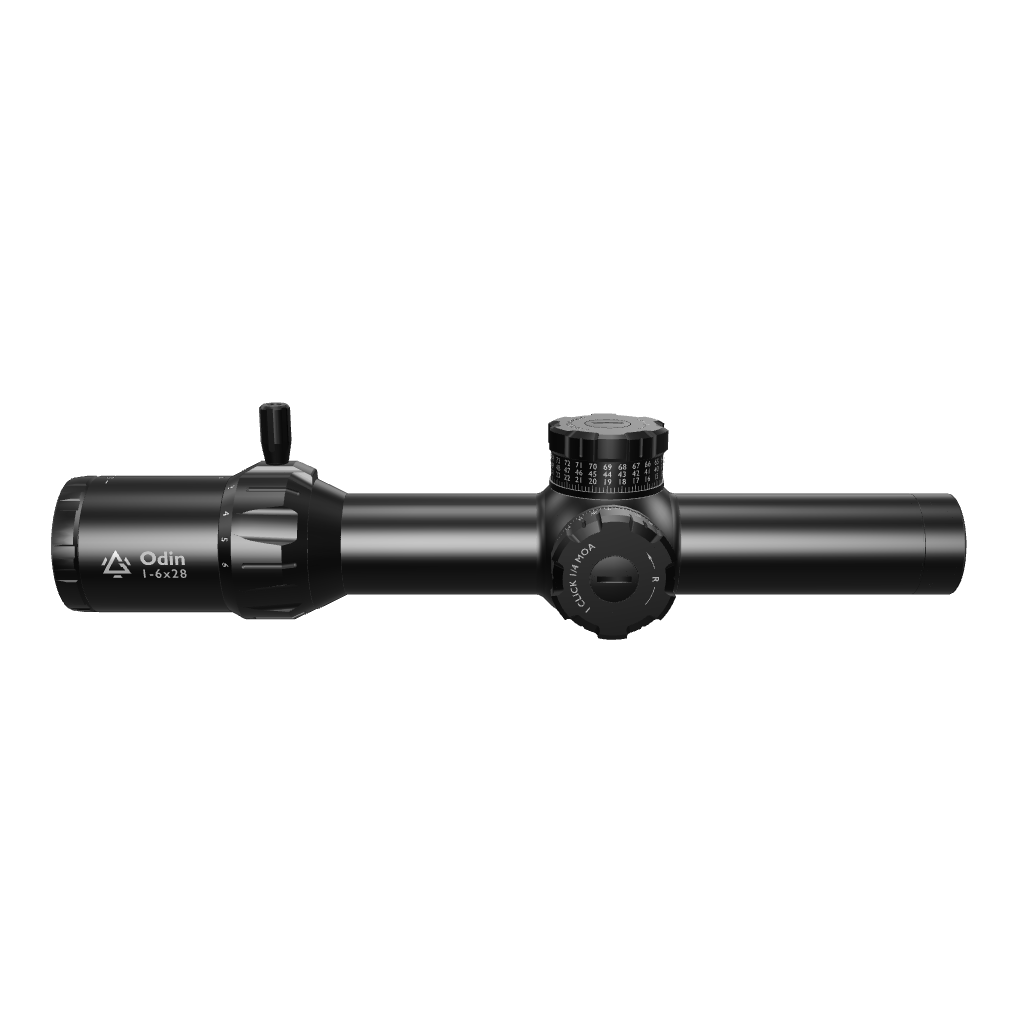How to Use Your LPVO With Night Vision
While Low Power Variable Optics are popular for fast target acquisition and flexibility for engagement, lots of shooters are still figuring out if they really work with night vision goggles. An even bigger question is whether or not the LPVO with night vision will work for low-light shooting or even no-light shooting.
Well, don’t fret. We’ll talk about how LPVO and night vision interact, what to expect, and when a clip-on night vision for LPVO makes sense.
Can you use LPVO with Night Vision?
Yes, you can use an LPVO with night vision devices. With a little tweaking, eye relief adjustment, and good old practice, it’s possible to run LPVO with night vision setups.
However, not all combinations work equally well. The most reliable ways to pair them are:
- Compatibility: It’s not difficult to find a night vision that pairs well with an LPVO, and vice versa. Most of the LPVO scopes on the market have coatings, reticles, and eye relief compatible with image intensifiers or thermal devices. They minimize internal reflections and, at the same time, protect sensitive electronics.
- Clip-Ons: This goes without saying. There are also clip-on night vision systems that can be mounted in front of the LPVO. They keep you zeroed, and it’s easy to slide them on or off.
- Red Dots: As for red dot sights, it’s good to use an offset red dot for 1x and a night vision monocular for magnified shots. They pair well, but it’s less elegant and might feel clunky.
When Do You Need Night Vision for LPVO?
Using night vision in combination with an LPVO is best suited for low light situations and when the scope’s reticle and target contrast. Typical scenarios are:
- Low-light patrols and security work where you must identify targets beyond close range.
- Nighttime hunting for animals (like coyotes) where magnified NV helps with ethical shot placement.
- Tactical applications where engagement distances change rapidly from close to medium ranges.
- Rescue or law enforcement missions that require identification and positive target ID at night.

Pros and Cons of Using Night Vision on LPVO
Using night vision systems in combination with your LPVO has its ups and downs, but it really comes down to your purpose and preference.
As always, weigh these pros and cons along with the main purpose of what you’re expecting from an odd combo such as this.
If you need reliable performance, invest in components that work together and be sure to test them under serious conditions. You should plan for testing in low-light conditions before doing anything else.
Pros of LPVO with Night Vision
- Excellent combo: With an LPVO and NV system, you have yourself a great combination that offers magnified aiming and low-light detection.
- Flexibility: An LPVO with night vision lets you effortlessly transition from 1x to higher magnification for mid-range targets.
- Cost efficiency with clip-ons: A clip-on night vision unit can convert an existing LPVO into a night system without replacing the scope. The best part is that it’s super cheap in comparison to high-end equipment.
- Reticle options: Many LPVOs offer illuminated reticles that work perfectly with night vision devices.
Cons of LPVOs with Night Vision
- Compatibility issues: Not every LPVO pairs well with night vision. Internal reflections and reticle haloing can reduce image quality. Many LPVOs are not optimized and will produce hot spots or visible bloom when used with an image intensifier.
- Added weight: Clip-ons and dedicated night systems increase the rifle’s front-end mass and can affect handling.
- Eye relief and parallax: Night vision can really mess with the optics. Eye relief must be near-perfect if you want to avoid vignetting or a black ring. Not to mention internal glare and the inefficient field of view.
- Cost and maintenance: True NV-capable LPVO units are expensive because they also need battery care and delicate handling. Some LPVOs have lens coatings and internal baffling that reduce glare and make them friendlier to night vision, but they can be extremely expensive.
- Reduced field of view and distortion: Magnified night vision can feel narrow and may add distortion at the edges, making target tracking harder.

How to mount and zero a clip-on night vision for LPVO
Once you finally decide to get yourself an NV LPVO combination, you should be very careful when mounting and zeroing in a clip-on. Be sure to follow these clear steps to get a reliable night vision clip-on LPVO setup:
1. Inspect and prepare
- First things first. Clean the lenses and check the mounts for tightness.
- Confirm that the clip-on and LPVO are rated to work together by checking if they have matching optical axes.
2. Mount the clip-on
- Attach the clip-on to the rail or to a dedicated cantilever in front of the LPVO.
- Keep the clip-on centered and level as best as you can with the scope tube.
- Tighten the mounts firmly but not too tightly.
3. Set eye relief and alignment
- With the clip-on active and the LPVO at 1x, position your head where you normally obtain a full sight picture.
- Adjust the clip-on’s position until the image fills the LPVO without vignetting. Make sure the optical centers align to avoid parallax, edge darkening, and poor image quality.
4. Co-witness and zero check
- At a known distance, perform a bore-sight or laser alignment first.
- Fire a three-shot group with the clip-on engaged and then write down your point of impact.
- Adjust the LPVO’s turrets to bring POI to POA with the NV engaged.
- Repeat until groups are consistent both with and without the clip-on.
5. Conduct Final testing
- Verify your performance under realistic lighting and movement.
- Check for internal reflections or reticle washout. If present, try different reticle illumination settings or a different LPVO ocular setting.
- (Optional) Log your battery consumption and operating temperature changes.
Another great tip is to use a solid mount and avoid QDs that can easily shake under recoil, and make sure you keep your night vision optics in a cool, dry, and dark place.
Affordable LPVOs from Gunnr
If you want an LPVO designed for real-world use with excellent value, take a look at the Gunnr Odin 1-6x28 LPVO.
With crisp Schott glass lenses, an illuminated reticle, and rugged construction for field use, you have a great budget option.
Most importantly, the Odin pairs well with many clip-on night vision units and gives you a reliable daytime optic that does it all.
You can use an LPVO with night vision effectively when you choose compatible gear, mount and align carefully, and test in conditions like those you expect to face.
A quality LPVO like the Gunnr Odin 1-6x28 LPVO, plus a clip-on night vision device, gives the best blend of flexibility, accuracy, and cost efficiency.
Explore more on LPVOs with Offset Red Dots and see if this configuration works better for you.







